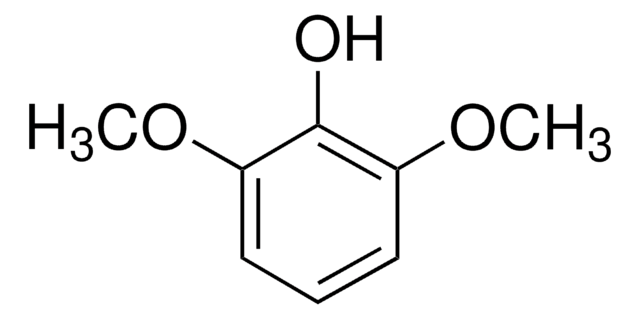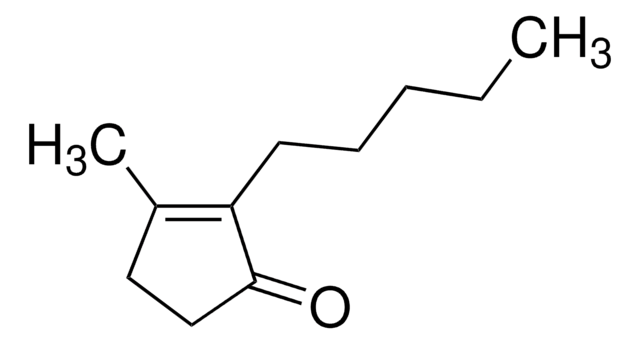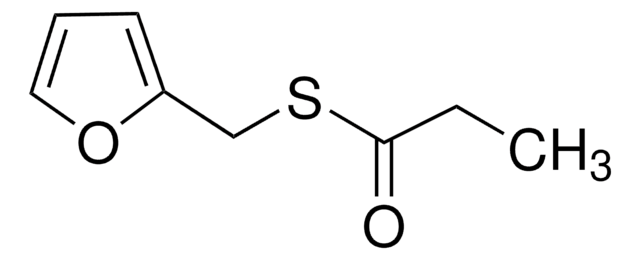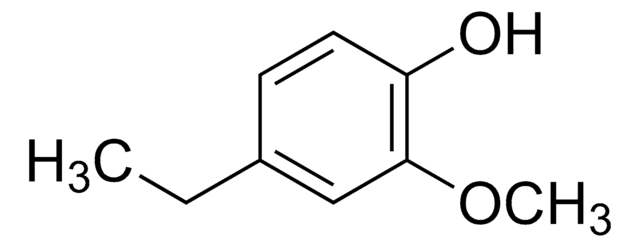Recommended Products
grade
FG
Halal
Kosher
natural
Quality Level
Agency
meets purity specifications of JECFA
reg. compliance
EU Regulation 1334/2008 & 178/2002
Assay
99%
refractive index
n20/D 1.414
density
1.000 g/mL at 25 °C
application(s)
flavors and fragrances
Documentation
see Safety & Documentation for available documents
food allergen
no known allergens
Organoleptic
creamy; buttery; ethereal; sweet
SMILES string
CC(OC(C)=O)C(C)=O
InChI
1S/C6H10O3/c1-4(7)5(2)9-6(3)8/h5H,1-3H3
InChI key
ZKPTYCJWRHHBOW-UHFFFAOYSA-N
Looking for similar products? Visit Product Comparison Guide
Related Categories
General description
WGK
WGK 3
Flash Point(F)
150.8 °F
Flash Point(C)
66 °C
Certificates of Analysis (COA)
Search for Certificates of Analysis (COA) by entering the products Lot/Batch Number. Lot and Batch Numbers can be found on a product’s label following the words ‘Lot’ or ‘Batch’.
Already Own This Product?
Find documentation for the products that you have recently purchased in the Document Library.
Our team of scientists has experience in all areas of research including Life Science, Material Science, Chemical Synthesis, Chromatography, Analytical and many others.
Contact Technical Service








